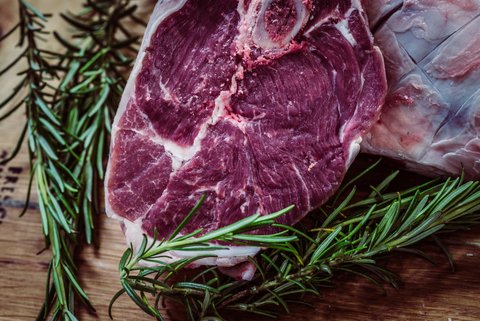Author Bee Wilson describes food fraud history as having two stages: before Accum and after Accum.
According to Wilson, in 1820, the chemist Frederick Accum wrote a small book on food fraud. In it, Accum revealed Britain’s food adulteration: “pepper mixed with floor sweepings, pickles coloured green with copper, and sweets dyed red with lead.”
Accum’s A Trestice on Adulterated Foods and Poisons created awareness (and outrage). But it did not put an end to food fraud.
Today, food criminals continue to hack into our food system. At the same time, governments, whose food supply chains comprise complex global systems, look for ways to stop food fraud.
European Union: penalties and detention
Triggered by the infamous 2013 “Horse Gate” scandal, the European Union (EU) cracked down on adulterated food crimes, especially at the food labeling level.
In fact, according to Cesare Varallo, an Italian lawyer and food regulation expert, there are new EU regulations in the pipeline that will specifically address food fraud.
But, Varallo notes: “The problem is that often weak penalties are provided and physical detention is not a real option…”
Here’s an example: In 2016, an Irish meat production company was fined for falsely labeling its meat. Their meat labeled “from Ireland,” had in fact come from Poland and Germany.
It’s maybe not as egregious a crime as substituting horsemeat. But the larger question remains: Is a 16,000-euro penalty (plus 10,000 euros in legal fees) even a deterrent?
United States: prevention and reporting
The U.S. is also taking action to manage food fraud. For example, provisions under the new Food Safety and Modernization Act (FSMA) require stricter labeling laws. The emphasis is on blocking adulterated food from entering the country.
And with around 15 percent of food being imported into the States annually, FSMA (and its Foreign Supplier Verification Program [FSVP] rule) targets imported food goods.
Additionally, the U.S. has two major databases for food fraud incidences. One of the databases, the Food Fraud Database(FFD 2.0), allows consumers, manufacturers, retailers and governments to access food fraud reports.
Clearly FSMA is preventive, and the databases are “after the fact.” The problem is that food criminals are difficult to catch. But maybe the two systems will work together to prevent crooks from hijacking our food system.
So, what would Frederick Accum say about today’s food fraud?
If Accum read the recent OPSON V food fraud report, he’d maybe shake his head at the results…
He’d discover that in 2016, crooks used copper sulfate to “enhance the look and feel of products.” He’d find that officials confiscated tons of olives; they were painted with copper sulfate to bring out their green color.
And so, history repeats itself: Accum brought food tampering out into the open for everyone to see. And we continue to wrestle with similar crimes almost 200 years later.
But as governments — and the food industry — search for ways to manage food fraud, maybe they’ll one day make history and eliminate crooks from our food system.
At Ingredient Exchange, we realize that as an industry, we are all susceptible food fraud. What are your thoughts? Please let us know in the comments.
Also, do you need help buying, selling or recycling your food ingredients? To start a conversation, you can reach us here.
Image credit: Jez Timms



